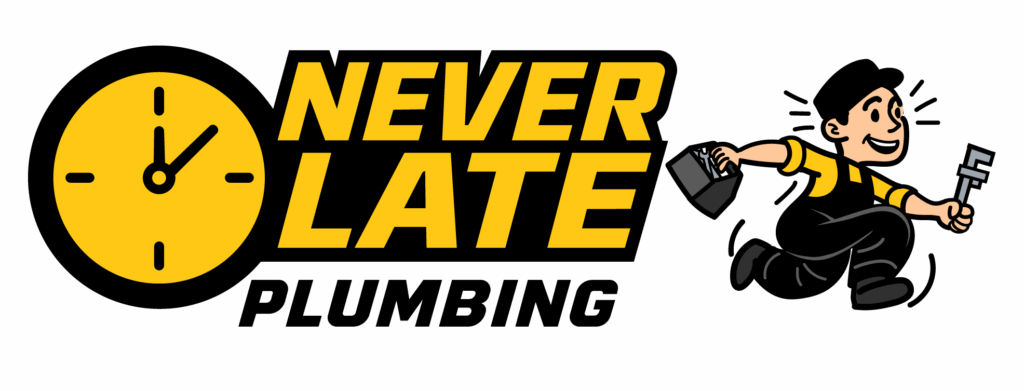Sewer Ejector Pumps
Sewer ejector pumps are essential in situations where wastewater from a home or commercial building needs to be pumped upward or horizontally to reach the main sewer line. These pumps are typically installed in basements or below-grade bathrooms, laundry rooms, or utility areas. If plumbing fixtures are located below the level of the municipal sewer system, a sewer ejector pump ensures that wastewater flows properly, preventing backups and protecting your home from costly water damage.
Not all sewer ejector pumps come with maceration or grinding abilities. Standard pumps handle liquid wastewater, but when solid waste or debris may clog the system, a pump with a macerator or grinder is necessary. Macerating pumps break down solids into smaller pieces, allowing them to pass through the piping without clogging. This feature is often required for bathrooms with toilets, while laundry or sink drains may only need a standard pump. Knowing the right type of pump for your needs is crucial to ensure efficient operation and long-term reliability.
Common Maintenance and Repair Issues
Sewer ejector pumps generally require routine maintenance to keep them running smoothly. Common issues include pump motor failure, clogged or worn impellers, and float switch malfunctions. Debris buildup can restrict flow, and lack of regular inspections can lead to full system failure. We recommend periodic checks of the pump and pit, clearing any debris, and testing the float switch to ensure the pump activates correctly. Regular maintenance prevents unexpected backups and prolongs the life of the pump.
Installing a sewer ejector pump involves several steps to ensure proper operation and compliance with plumbing codes. The process begins with evaluating the location and sizing the pit to accommodate the pump and any incoming wastewater lines. Once the pit is prepared, the pump is positioned, and all plumbing connections, including venting and discharge piping, are made. Electrical connections are installed according to safety standards. After installation, the pump is tested to confirm proper operation and that wastewater flows efficiently to the main sewer line. Professional installation ensures the system functions reliably and minimizes the risk of costly repairs in the future.
A properly selected and installed sewer ejector pump keeps your lower-level plumbing running smoothly. With routine maintenance and timely inspections, you can avoid clogs, backups, and water damage. Whether you need a standard pump or a macerating model, having the right system in place ensures your home or building’s plumbing remains safe and efficient.

